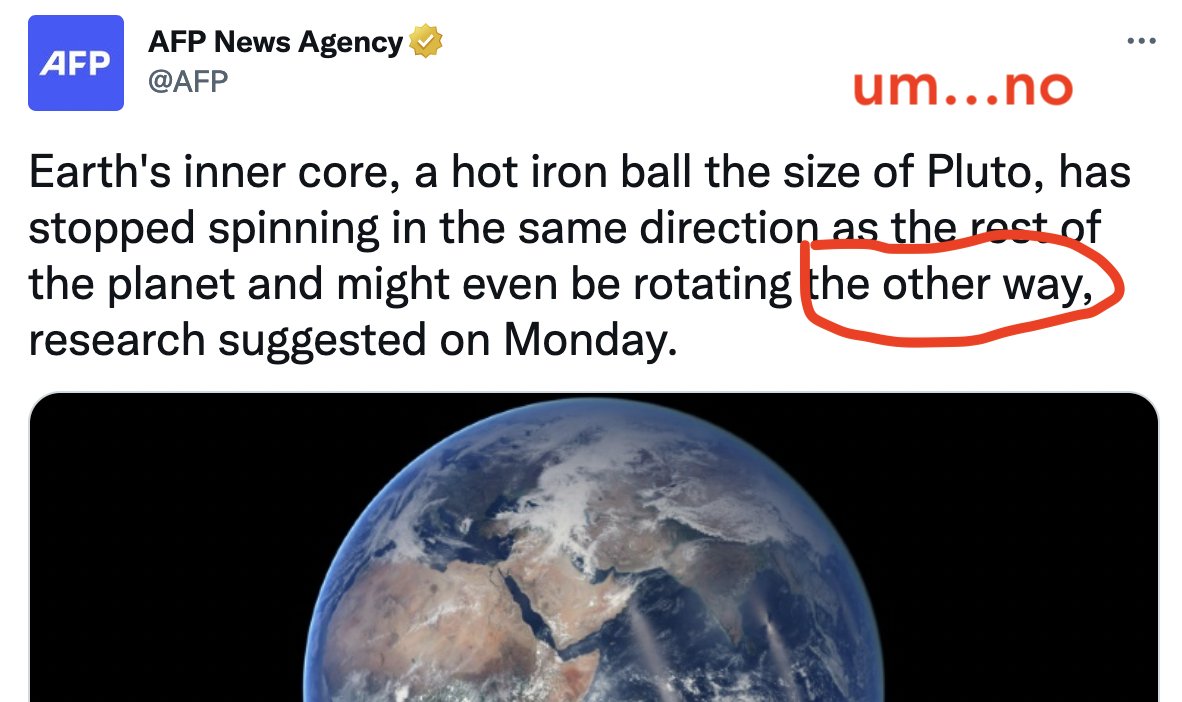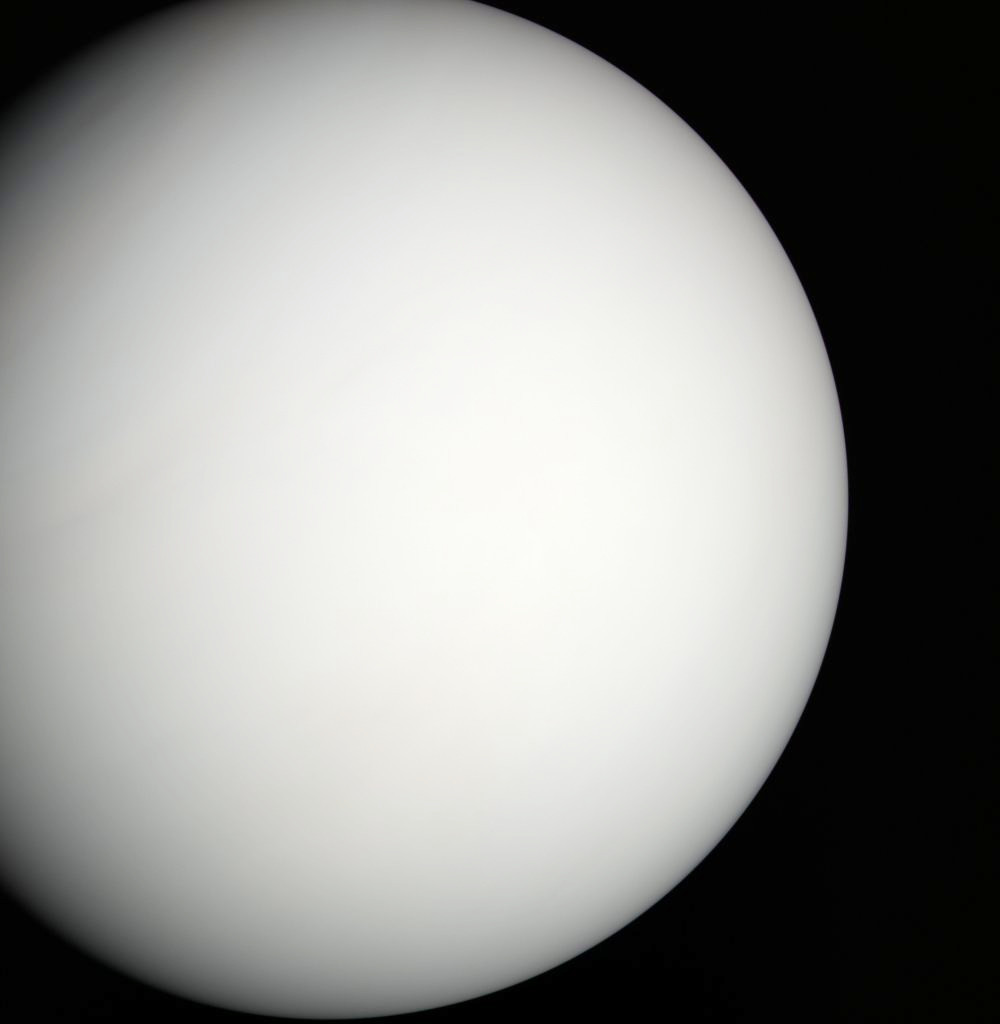
A new seismic study shows that Earth has five inner layers, not four as long believed. Inside Earth's inner core is an *inner-inner* core, a ball of white hot iron 1300 km (800 miles) wide. science.anu.edu.au/news-events/ne… #Geology #earthquakes 

Researchers at Australian National University developed a clever way to sense seismic waves reverberating inside the Earth. Those echoes made it possible for them to sense the growing metallic seed at the center of our planet. nature.com/articles/s4146… #Perspective 

The innermost inner core is Earth's fifth layer. Which means it is the perfect setting for a movie sequel that merges The Core with The Fifth Element. 

Quick reminder: No matter how weird the core of the Earth may be (and it seems plenty weird), it is definitely NOT spinning backwards.
https://twitter.com/coreyspowell/status/1617907735022145536
• • •
Missing some Tweet in this thread? You can try to
force a refresh





















